Category: Mathematics
-
Probability Density Functions for Random Walk
—
in MathematicsIf Xt is a random walk that starts from 0 at t=0, Xt~N(μt,σ2t). Its probability density is given by For a pure Brownian motion (which is a continuous RW), μ = 0 and σ = 1. This PDF satisfies the diffusion equation. For a random walk that starts elsewhere, its probability density is given by…
-
Converting the Black-Scholes Equation to the Diffusion Equation
—
in MathematicsThis post discusses three transformations that convert the Black-Scholes Equation to the Diffusion Equation. Black-Scholes Equation: Diffusion Equation: Note: In the images below, tau (τ) is written as l.
-
Deriving the Black-Scholes Equation
—
in MathematicsConsider a portfolio X that holds stocks and cash, such that where X = portfolio valueq = quantity of stockS = stock priceC = quantity of cashM = price of cash We’ll let this portfolio be self-financing. A self-financing portfolio is one where there is no exogenous infusion or withdrawal of money. Therefore, the purchase…
-
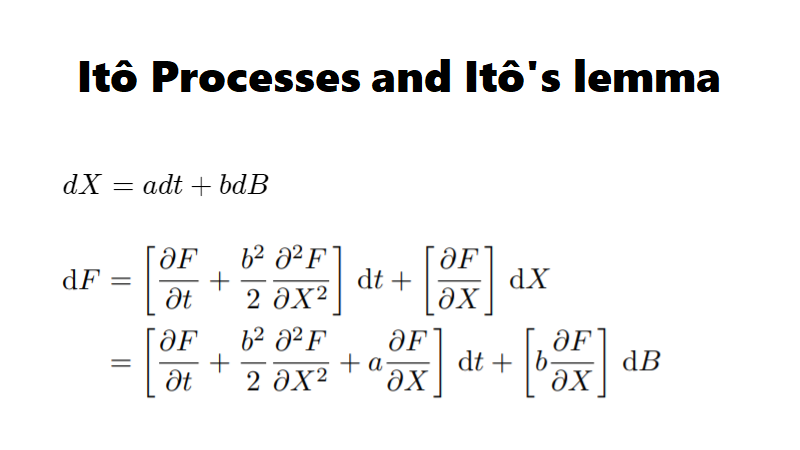
Itô Processes and Itô’s Lemma
—
in MathematicsItô process is like a generalized random walk and Itô’s lemma gives us a formula for doing calculus with Itô processes. Itô Process An Itô process is defined as a stochastic process of the form where X and B are both time dependent and B is a Guassian Brownian random variable. adt is a deterministic…
-
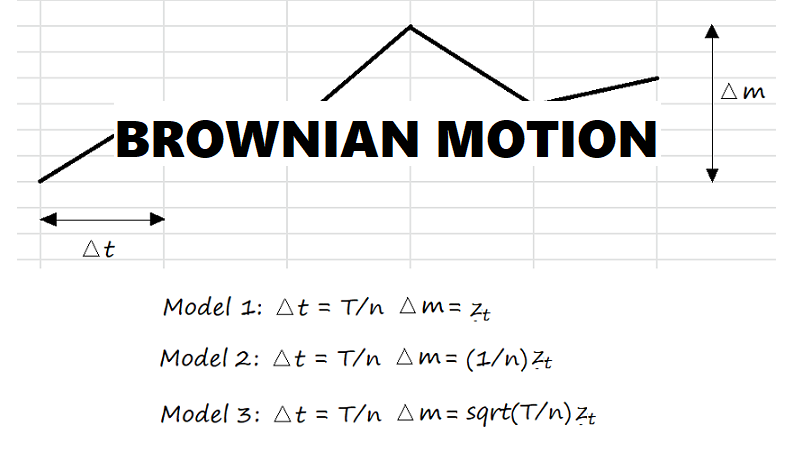
Brownian Motion
—
in MathematicsIn this post, we are going to scale the random walk to change it from a discrete time model to a continuous time model. This is going to give us a Brownian motion. Let us first declare Ba,b as a Brownian motion with a time step of “a” and a total duration of “b”. We…
-
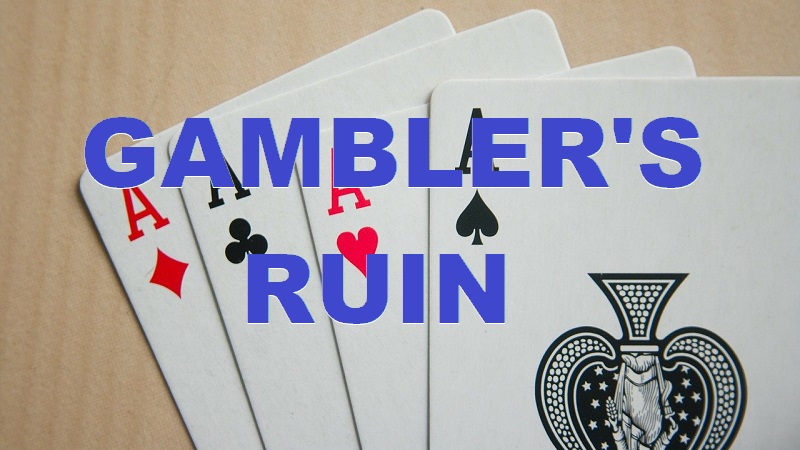
Gambler’s Ruin
—
in MathematicsThis post discusses the gambler’s ruin concept. Stopping Problems and Boundary Problems There are two classes of problems we can solve when discussing gambler’s ruin: stopping problems and boundary problems. Stopping problems are concerned with the termination of a process, either by ruin or conditionally. They include questions like “What is the probability of ruin?”, “What…
-
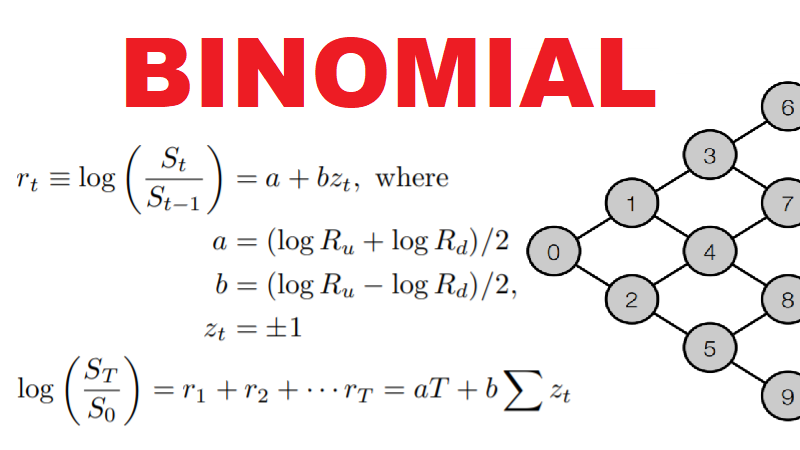
Binomial Models
—
in MathematicsA binomial model is made up of nodes that split into two separate branches. Suppose the branches in the model above represent log returns rt and the nodes represent asset values St. We can represent the model using the equations below: If we let X = log(ST/S0), we can rewrite the equation above as This…
-

Forecasting
—
in MathematicsForecasts in time series models are predictions of future observations conditioned on information that is known at the time of forecast. Theorem (cf. Granger) Granger states that the optimal forecast, ft,h, of a value is the conditional expectation of that value provided the cost function is symmetric and convex. In other words, provided the cost…
-

Model Selection
—
in MathematicsAlternatives to the Random Walk Model Besides the random walk model, we have other types of models, including autoregressive, moving average, and ARMA models. Autoregressive models have terms that depend on previous lagged returns (i.e. rt-k). Moving average models have terms that depend on previous lagged innovations (i.e. previous random variables zt-k). ARMA models generate…
-
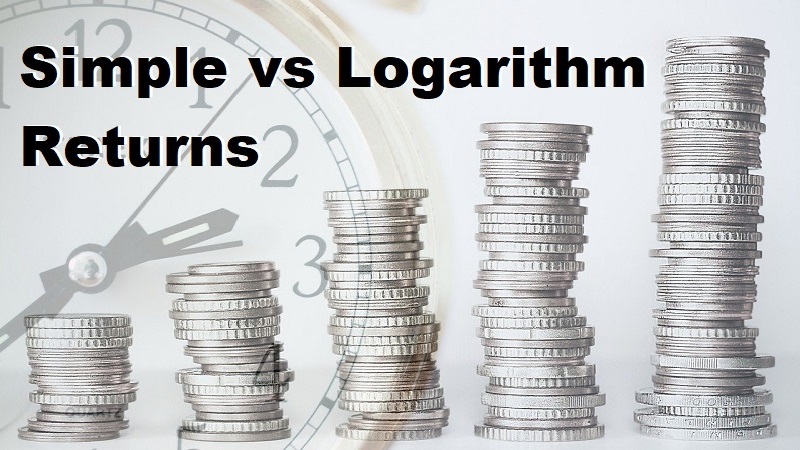
Simple vs Logarithmic Returns
—
in MathematicsMost financial reports give us simple returns, but financial modelling uses log returns because they are consistent with the formulation of the model. We can convert from one to the other. Let R be the simple return and rt be the log return, where rt = log(Pt/Pt-1). R = er – 1 m = E[R]…
